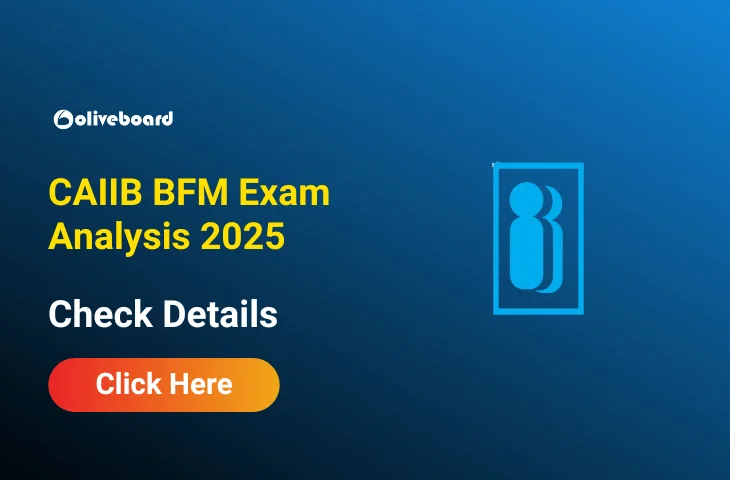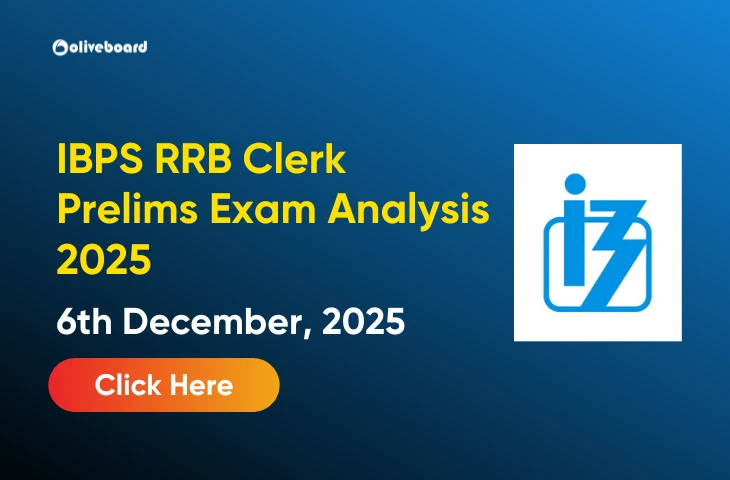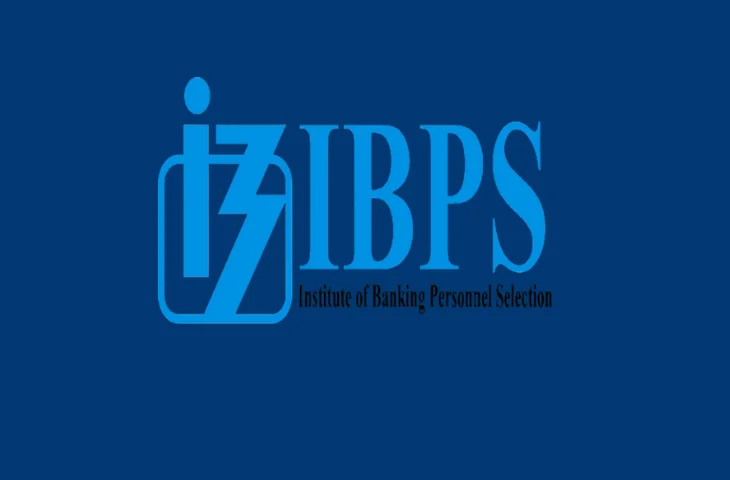TDR Full Form
The full form of TDR is “Transferable Development Rights”. It encapsulates a concept designed to strike a delicate balance between urban development and the preservation of certain areas with cultural, environmental, or historical significance. TDR operates as a tool within urban planning frameworks to manage growth effectively while safeguarding valuable assets. In this article, we will delve into the full form of TDR, its mechanisms, and its impact on shaping urban landscapes.
TDR Full Form in Hindi
TDR का पूर्ण रूप “हस्तांतरणीय विकास अधिकार” है। यह शहरी विकास और सांस्कृतिक, पर्यावरणीय या ऐतिहासिक महत्व वाले कुछ क्षेत्रों के संरक्षण के बीच एक नाजुक संतुलन बनाने के लिए डिज़ाइन की गई अवधारणा को समाहित करता है।
Key Components of TDR Mechanism
- Development Rights as Tradable Assets: TDR essentially treats the right to develop or build on a specific piece of land as a tradable asset. Instead of utilizing the full development potential on a property, the owner can transfer these development rights to another property or sell them to a developer.
- Sender and Receiver Sites: In the TDR process, there are typically two types of sites involved – sender sites and receiver sites. The sender site, often an area with restrictions on development, transfers its development rights to a receiver site, which may be an area where increased development is desired.
- Preservation of Sensitive Areas: TDR is often employed to preserve sensitive or historically significant areas by limiting the development intensity on those sites. The transferred rights, then, contribute to the growth and development in areas where increased density or construction is deemed appropriate.
- Zoning Flexibility: TDR provides zoning flexibility, allowing municipalities to strategically plan for growth and conservation. It helps in achieving a balance between the need for development and the need to protect specific areas from over-exploitation.
TDR in Action: How the Process Works
- Identification of Sending and Receiving Sites: The first step involves identifying sender sites, which are areas with restrictions on development, and receiver sites, where increased development is desired or permissible.
- Evaluation of Development Rights: Authorities evaluate the development potential of the sender site and determine the number of development rights that can be transferred. This is often based on factors like zoning regulations, environmental considerations, or historical significance.
- Transfer and Utilization: The development rights are transferred from the sender site to the receiver site through a legal mechanism. The receiver site, now equipped with additional development rights, can utilize them to increase building height, density, or other parameters as defined by local regulations.
- Preservation and Growth: Through TDR, areas with ecological, cultural, or historical value are preserved, while other areas experience controlled and planned growth. This process ensures that urban development aligns with broader sustainability goals.
Significance of TDR in Urban Planning
- Preserving Cultural and Natural Assets: TDR allows for the preservation of areas with cultural, historical, or environmental significance by limiting excessive development. This ensures that communities maintain a connection with their heritage and natural surroundings.
- Managing Urban Growth: In rapidly expanding urban areas, TDR serves as a strategic tool for managing growth. It enables municipalities to channel development to specific zones, preventing haphazard urban sprawl and preserving open spaces.
- Community Engagement: The TDR process often involves community engagement and consultation. This inclusion ensures that the interests and concerns of local communities are considered, fostering a sense of shared responsibility for urban planning.
Challenges and Considerations in TDR Implementation
- Complexity of Regulations: The successful implementation of TDR requires clear and well-defined regulations. The complexity of these regulations can pose a challenge, and municipalities need to ensure that the process is transparent and accessible to all stakeholders.
- Market Dynamics: The effectiveness of TDR is influenced by market dynamics. The willingness of developers to engage in TDR transactions and the demand for development rights can impact the success of the mechanism.
Future Trends in TDR Implementation
- Technology Integration: The future of TDR may involve the integration of technology, such as digital platforms, to streamline the process. This could include online platforms for TDR transactions, making the process more efficient and accessible.
- Incorporating Climate Considerations: As sustainability becomes increasingly important, future TDR programs may incorporate climate considerations. This could involve incentivizing TDR transactions that contribute to climate resilience or conservation efforts.
- Enhanced Community Participation: The future of TDR may see an increased emphasis on community participation. Municipalities may explore innovative ways to involve communities in decision-making processes related to TDR, ensuring that local perspectives are considered.
Conclusion – TDR Full Form
In conclusion, the full form of TDR, Transferable Development Rights, embodies a visionary approach to urban planning, where development and preservation coexist harmoniously. By allowing for the transfer of development rights between sites, TDR enables municipalities to manage growth, preserve cultural and natural assets, and engage communities in the planning process. As cities evolve and face the challenges of sustainable development, TDR stands as a versatile tool, navigating the complex terrain of urban growth while safeguarding the unique character and assets that define our communities.
- CAIIB BFM Exam Analysis 2025, 7th December Difficulty Level
- IBPS RRB Clerk Prelims Exam Analysis 2025, 7th December, All Shifts
- RBI Grade B Exam Analysis 7th December 2025, Difficulty Level
- PFRDA Grade A Final Result 2025 Out, Download Result PDF
- IBPS PO Mains Scorecard 2025 Out Soon, Check and Download Marksheet
- SSC CGL Tier 2 Study Plan 2025 for Last 15 Days Before Exam
TDR Full Form – FAQs
Ans. The full form of TDR is “Transferable Development Rights”.
Ans. TDR का पूर्ण रूप “हस्तांतरणीय विकास अधिकार” है।

Hello, I’m Aditi, the creative mind behind the words at Oliveboard. As a content writer specializing in state-level exams, my mission is to unravel the complexities of exam information, ensuring aspiring candidates find clarity and confidence. Having walked the path of an aspirant myself, I bring a unique perspective to my work, crafting accessible content on Exam Notifications, Admit Cards, and Results.
At Oliveboard, I play a crucial role in empowering candidates throughout their exam journey. My dedication lies in making the seemingly daunting process not only understandable but also rewarding. Join me as I break down barriers in exam preparation, providing timely insights and valuable resources. Let’s navigate the path to success together, one well-informed step at a time.






